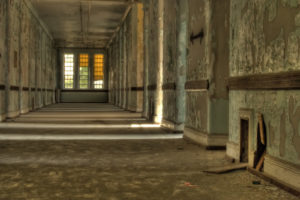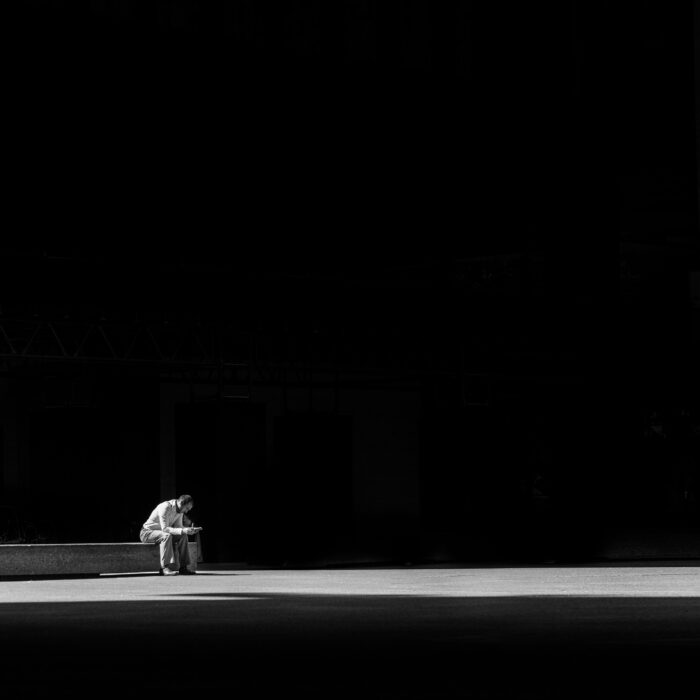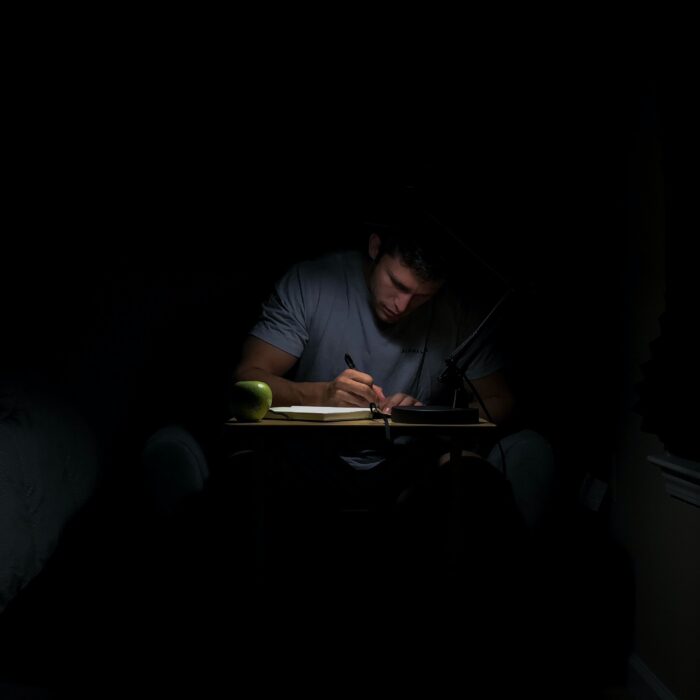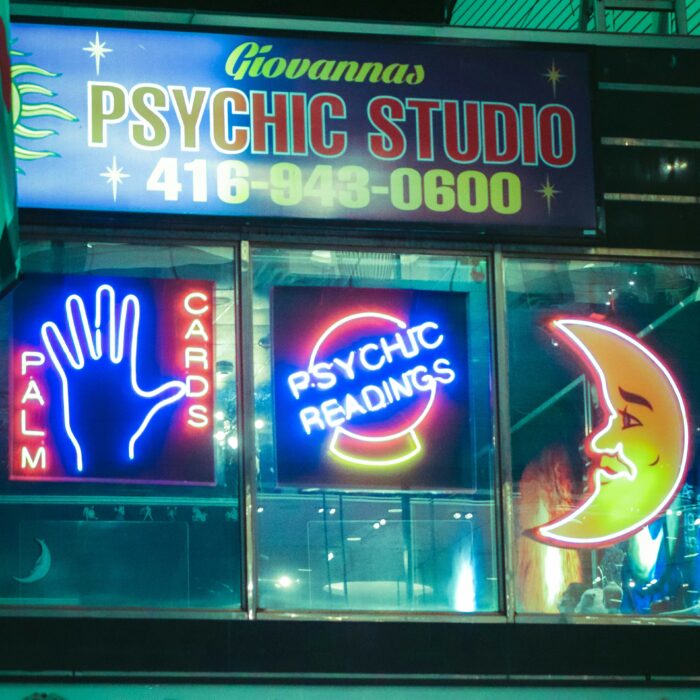You have no items in your cart. Want to get some nice things?
Go shopping
Urban exploration, sometimes shortened to Urbex, is a pastime that I can only dip a toe into vicariously. The risk of harm resulting from a declivitous trip through an unsound floor, a brush with law enforcement, or a chance meeting with a territorial squatter is enough to keep me away. Many misadventures have befallen those fearless enough to enter long-abandoned spaces, such as electrocution, and the disquieting realisation that a trespasser-weary security guard has locked the only exit.
*
Before I paint urban explorers as doughty lawbreakers, please allow me to say that for some, historic preservation is their raison d’être, and many obtain permission before entering. Indeed, “urban explorer” could be a stale inanity to those who take such efforts seriously. Richard Nickel, Jr., the force behind The Kingston Lounge – a photo-blog on historic modern ruins – refers to the craft as guerilla preservation and urban archaeology. No matter which description is chosen, the objective of this piece is to highlight the existence of a pursuit that has undeniable historical impact.
*
Abandoned state hospitals, inextricably linked to their former existence as asylums for the insane, captivate me most of all. Seeking to create more than just a scary video, urban explorers capture matchless snapshots of their peeling paint, intricate fireplaces, outmoded equipment, and other curiosities. They publish their work in elegant coffee table books, and present these visual perambulations on the web – sometimes for sale, and always for the benefit of the viewer. Some are fortunate enough to photograph structures seconds before they are demolished. (Any bibliophile will be awed by Mr. Nickel’s shot of the “old library” at Worcester State Hospital. The windows are boarded up, but there is sufficient light to capture the entire room using an eight-minute exposure. It’s an arresting photo whose value is amplified by the fact that the building was subsequently razed.)
*
Why is a time capsule so interesting? If we can answer this question, I think we’d be on our way to explaining the fascination of urban explorers. The innermost regions tend to hold the most intrigue. While some may be badly damaged by fire or water, and likely blanketed by debris, animal droppings, and other remains, others could be nearly move-in ready. What a spectacular discovery!
*
The images invariably force us to face inconvenient facts about the past, and time spent immersed in them will surely bring about a sense of weltschmerz, or sentimental pessimism – literally “world pain.” America’s history is shot through with racism, classism, and nationalism with a xenophobic bent; some of the country’s abandoned places stand as mouldering proof. An unfortunate amalgam of misinformation, unawareness of times past, and a preoccupation with haunted places is responsible for this persistent, sinister narrative.
*
I was once an outlander on the grounds of a former state hospital partially still in use. I skipped and ran around the exterior of various buildings eagerly snapping photos, and extending my arm as far as it would go into broken windows to see what my camera would capture. Later, I happened to be in the elevator with a maintenance worker who asked which floor I needed. Only the first two floors were accessible to visitors. On tenterhooks, I said I needed the third floor. Without hesitation, he used a key to select three; and after delivering him to the basement, the elevator ascended as directed. When the doors opened, I found myself peering into total darkness. What else did I expect of an area in disuse? At once, I realised that I had all of the access and none of the preparation. I pressed the main lobby and “door close” buttons faster than you can say oops. Pluck and opportunism were useless without a basic flashlight.
*
I’ve also photographed unknown buildings that could easily be classified as urban ruin. Wielding my camera, I can’t help but feel like an interloper or a voyeur. What I classify as art could be someone’s home, office, or financial albatross.
*
For me, urban explorers’ work comprises one part photography, one part investigative journalism, and two parts preservation. As they have demonstrated, even a spot on the National Register of Historic Places doesn’t ensure a structure’s survival. Casual observers may see tumbledown buildings that attract crime or obstruct a developer’s vision; fortunately, such first impressions can be overturned by Urbex’s stalwart photographic reportage.

About Kristen Hallows
Hallows is a librarian-author whose work has appeared in The Serials Librarian, Law Library Journal, AALL Spectrum, and elsewhere.



